When you want to play games, then write!
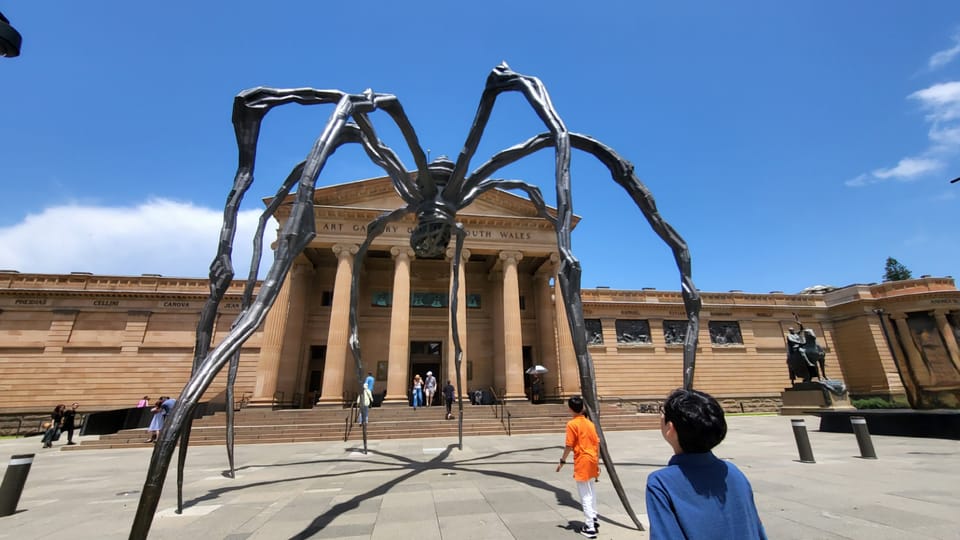
At my first sleepover, I was exploring the house when I discovered a horror game my parents would restrict me from playing: Five Nights at Freddy’s. Yet when I launched it, I noticed the eerie interplay between day, mysterious yet calming, and night, an unsettling background. As soon as I got home, it was with great speed that I went on Google to search up the origins of the game. I let out a gasp when I learnt that the game’s creator drew inspiration from Louise Bourgeois, an artist I know, with her occasionally frightening works.
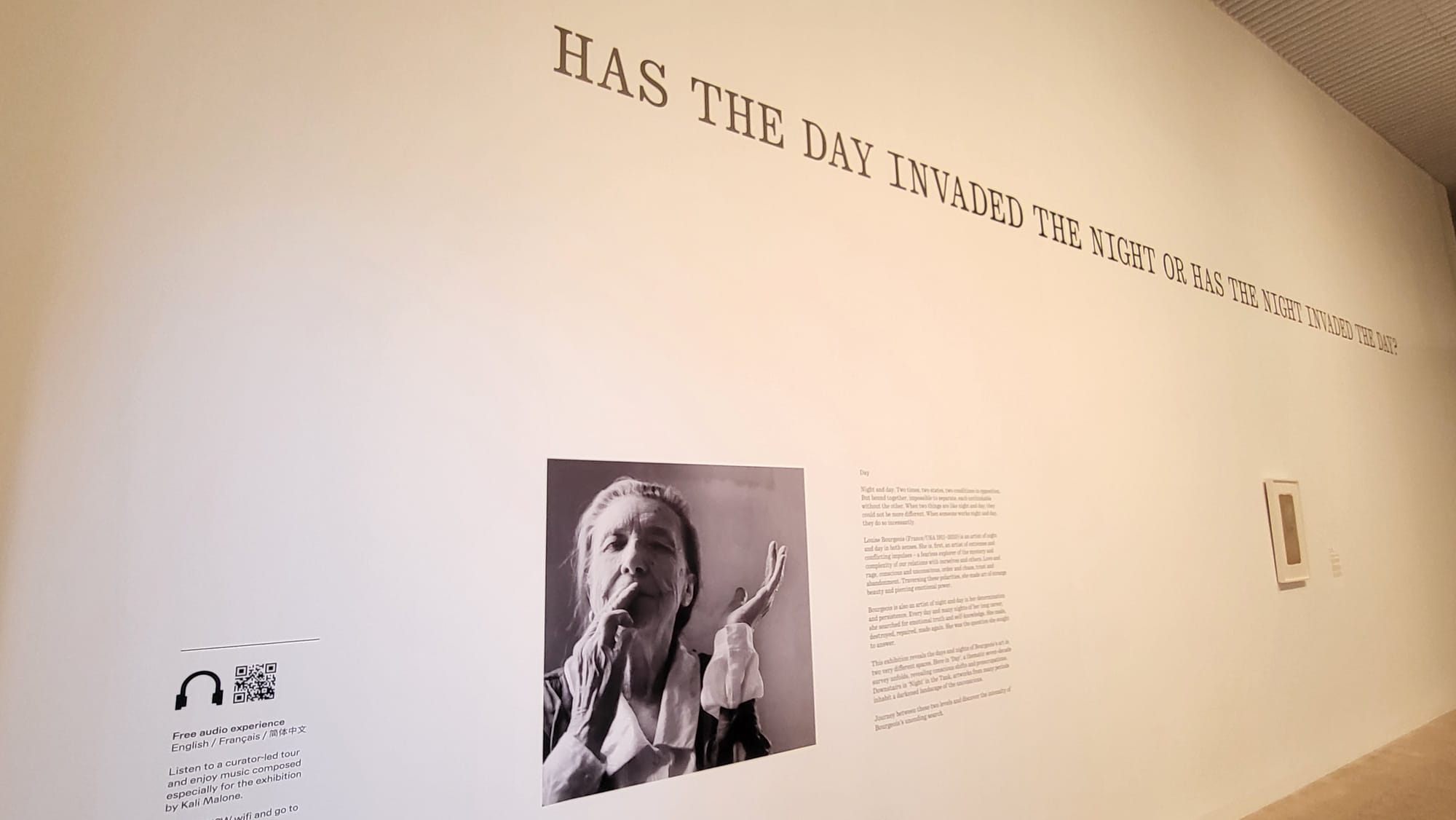
In the fusion of the horror game and living memory, I recognised the echo of the hidden torment that had driven Louise Bourgeois to transmute personal tragedy. The Bourgeois exhibition I had visited last year was split primarily into 3 sections. The first section was bestowed to the death of her caring and loving mother. The second was devoted to her loving husband. The final section entered the death of her father, whom she had both loved and hated. Each time I entered a new room, I was punctured with the sharp objects from the artworks. Every personal scar she had alchemised into art, exploring themes of fragility, unyielding, and the act of observing on both sides. A raw, luminous tribute to resilience where unfiltered emotion met with the strength of hard materials. Le Defi II was no different.
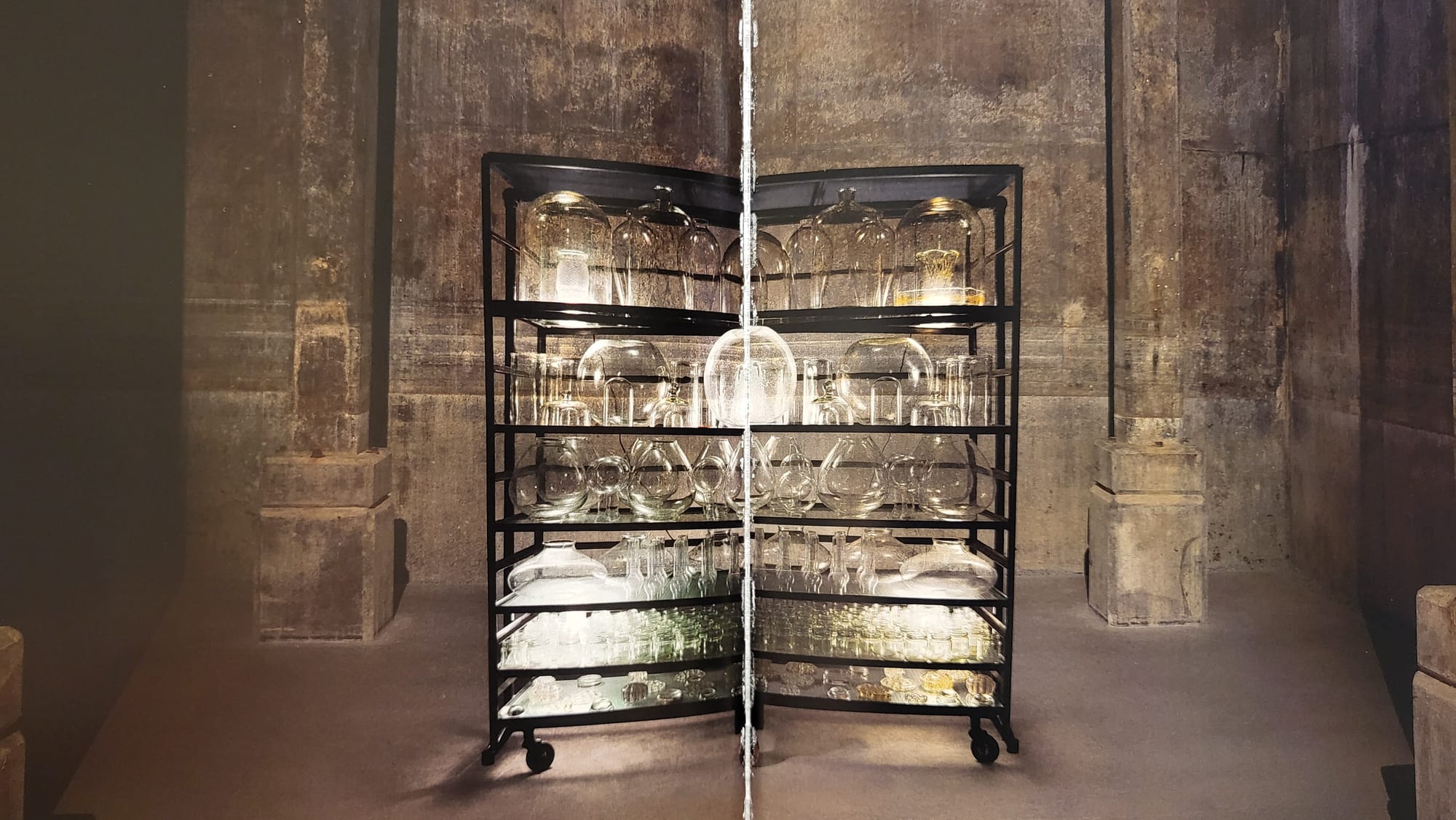
Le Defi II occupies the space of a wooden shelf filled with glass vases and bowls. What the typical art viewer would take for a stray piece of IKEA furniture in an art gallery explores Bourgeois’ past life reflections, raising awareness of the artist’s identity. For me, the light illuminating the glass represents the spark of life ongoing, battling internal conflicts, while the fragility of her mind and unspoken traumas is balanced in glass. Its transparency strips the sense of self-identity, an almost uncanny factor among her artworks. Its sense of vulnerability is almost as if it is protected by another one of Bourgeois’ artworks: Spider 1997.
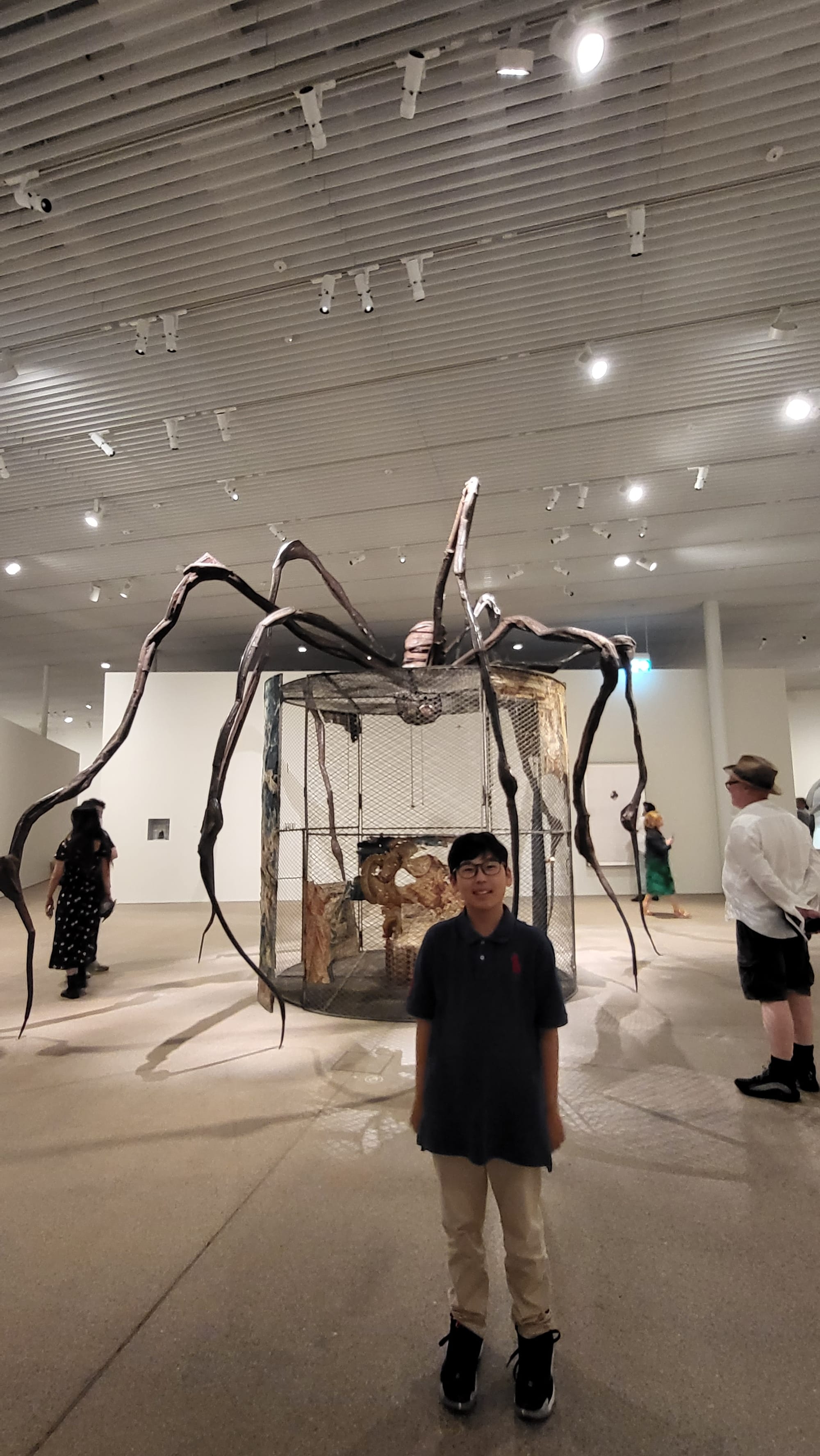
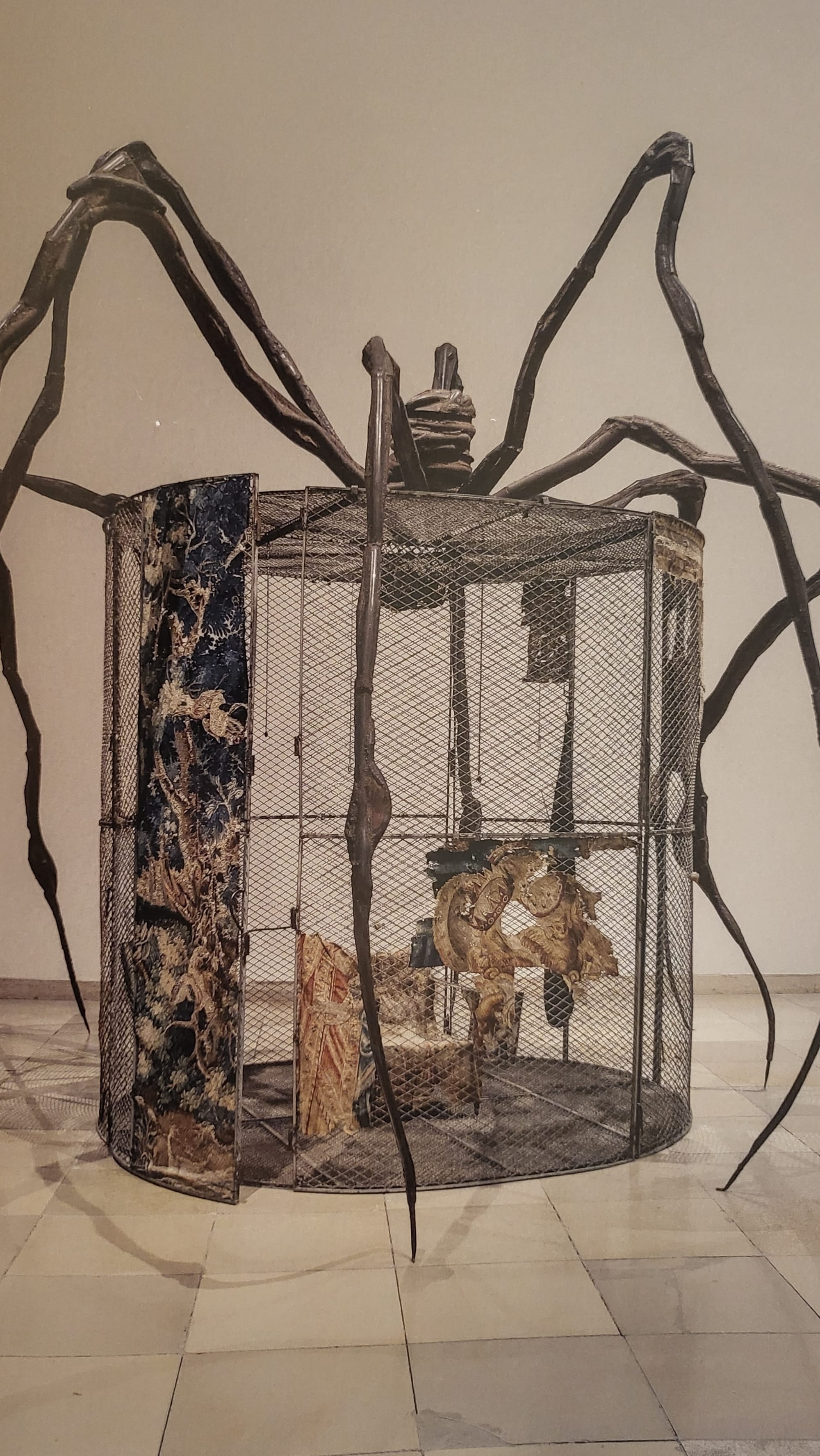
Constructed as a homage to Bourgeois’ mother, Josephine, Spider 1997 takes the appearance of a spider, a motif appearing frequently throughout Bourgeois’ artworks, hovering over a cell. Yet, the spider fails to appear as a stalker, but stands for the caring and strong characteristics of Bourgeois’ mother and her sheltering, sometimes overwhelming, affection. The cell walls are periodically wrapped with tapestries brought from the Bourgeois family tapestry business. A tapestry embroidered armchair sits in the centre, in which Bourgeois remembered her mother being the happiest, sitting in the sun and embroidering. Spider 1977’s cell looks dismal, yet this was Bourgeois’ home from far away, a memory-furnished room of her own.
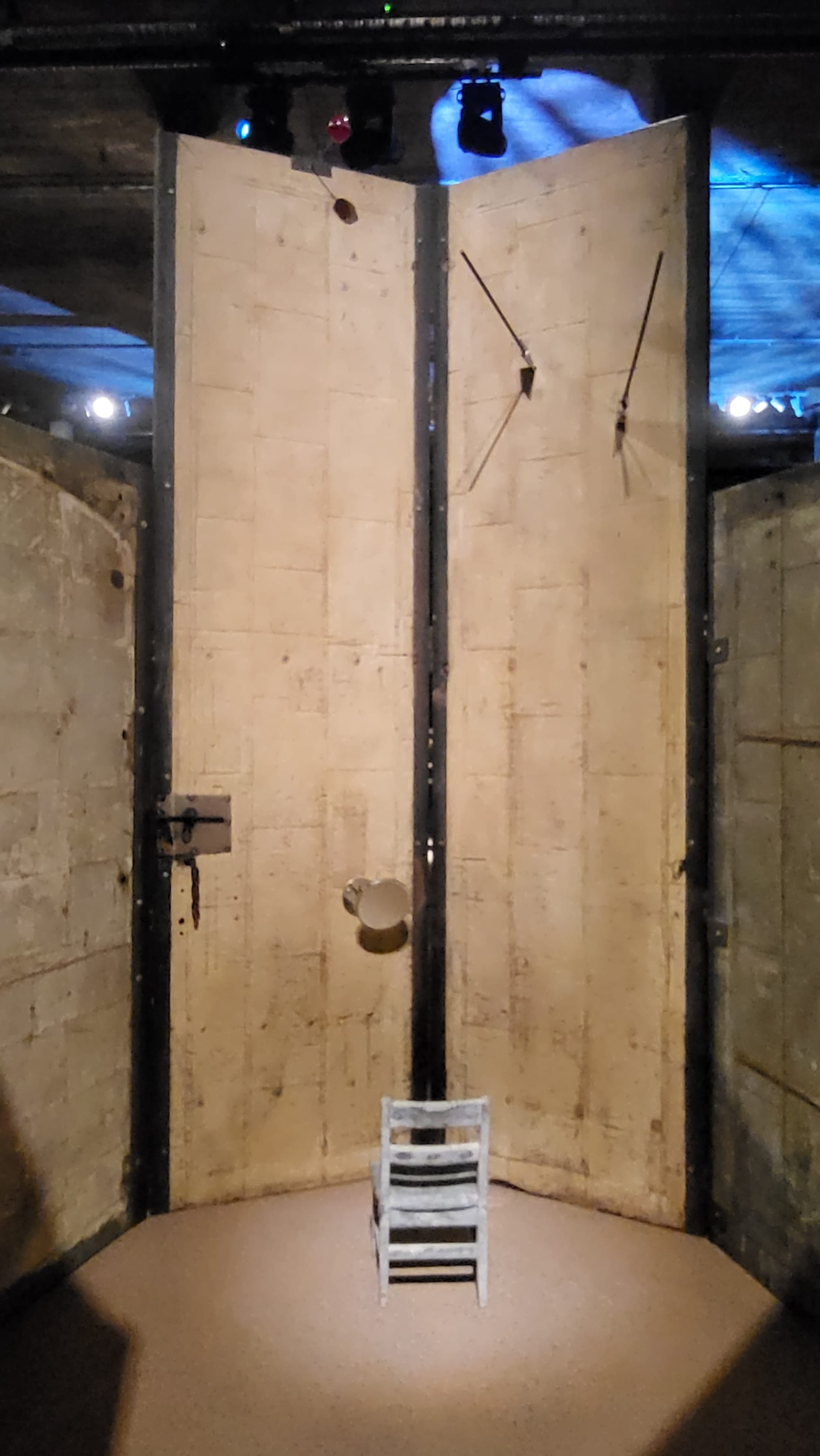
Culprit Number Two follows a similar motif to Spider 1997. A folding fire wall, brought from a demolished building in New York, encompasses a child’s chair in the middle, a small mirror implanted in the wall while 2 spears protrude from the wall at the top. The mirror is set at such an angle that the child can see nothing but their own face, purposely oblivious to the dangers around them, including the two spears planted in the wall. Culprit Number Two gives a faint sense of security and safety, even with the two spears flying over the child’s head. Does this child know if danger is near?
Louise Bourgeois' body of work mirrors the intricate web of memory, trauma, and personal identity. Her sculptures transform deep-seated pain into a language of introspection. Each piece challenges us to confront the hidden scars that shape our lives, and in doing so invites a dialogue between the inner self and the external world. The tension between fragility and strength urges us to embrace our vulnerabilities as the very canvas of our evolution. In the silent interplay of light and shadow, our deepest wounds may well become the blueprints of our liberation.
PS Thanks to the connection between Bourgeois and the horror game, I was finally able to convince my parents to let me play it!

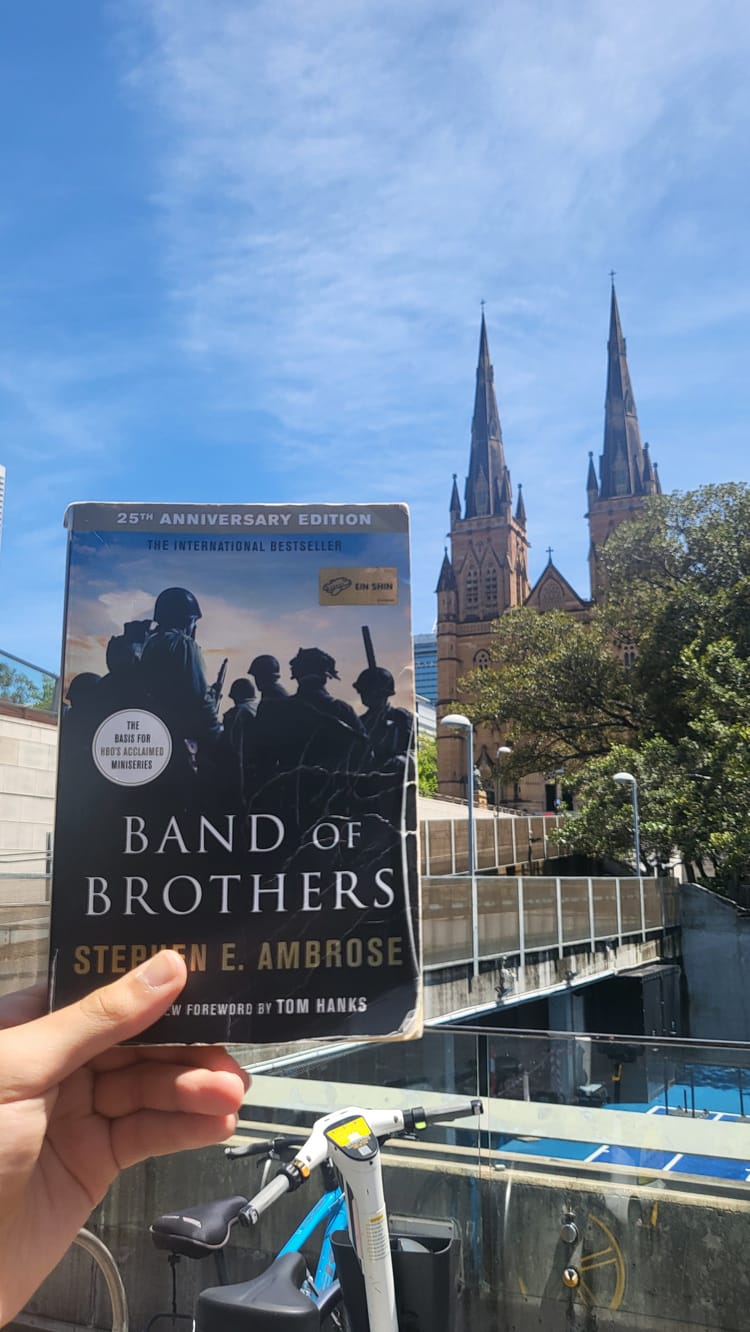
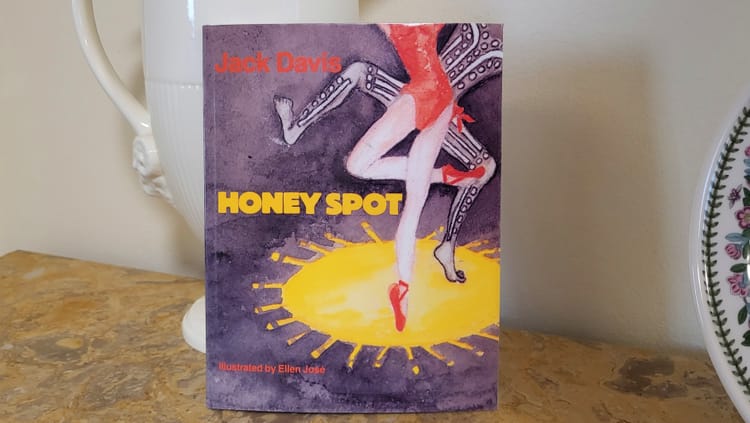
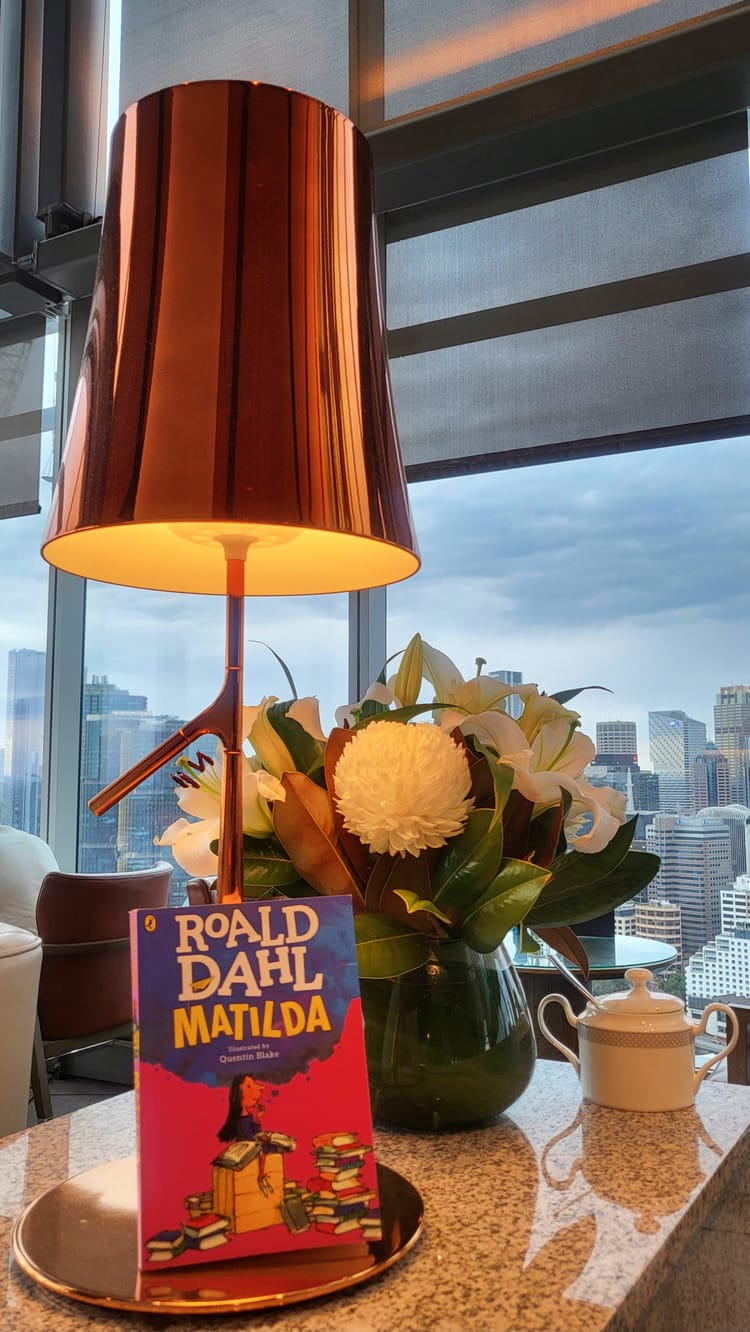
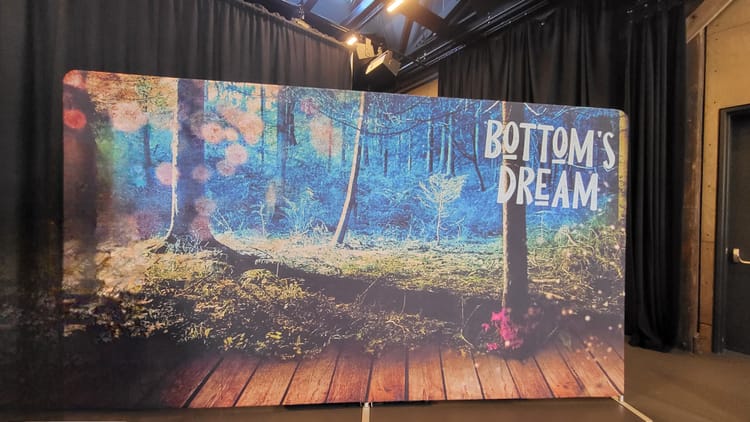

Member discussion